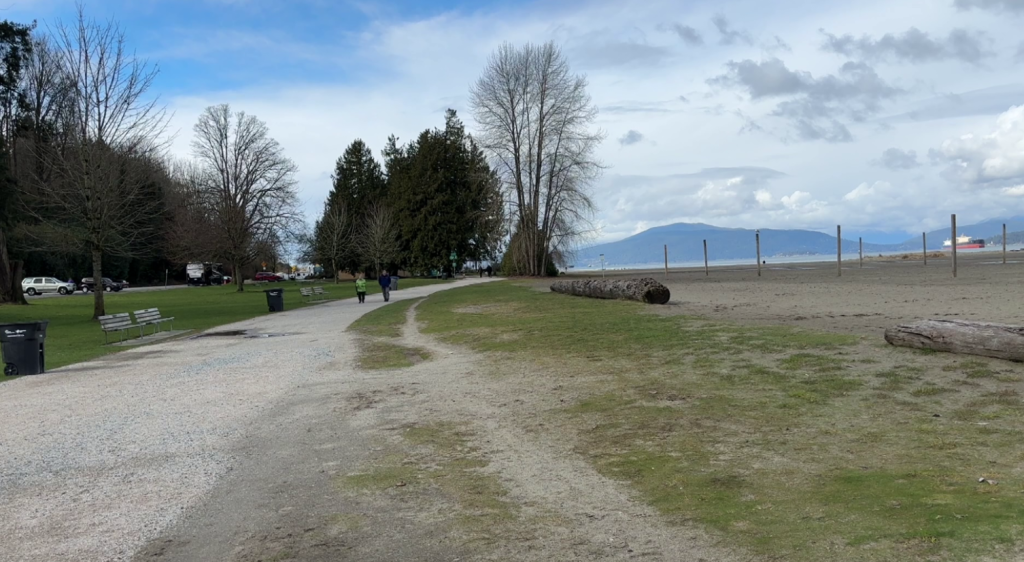Commute of the future the focus of Vancouver transportation conference
Posted January 28, 2016 8:21 am.
Last Updated January 28, 2016 8:24 am.
This article is more than 5 years old.
VANCOUVER (NEWS 1130) – You grab your coffee, your keys and you hop in your car for the drive to work. Where’s the steering wheel?
As you sit in traffic today, try to imagine what your commute will look like 10, 20 or maybe 50 years in the future.
<<*cue the Jetson’s car sound*>>
A transportation conference in Vancouver today is focusing on emerging technologies and trends, including driverless vehicles.
The Association of Consulting Engineering Companies – British Columbia (ACEC-BC), the Ministry of Transportation and Infrastructure and TransLink are co-hosting the event, looking at future directions for the province’s transportation plans.
“We are speculating on what we should be thinking about and then trying to figure out what’s realistic today when for planning tomorrow when we just don’t know what it will look like,” says conference attendee Gordon Price, director of SFU’s City Program.
“In fact, we can come up with completely opposite projections. Will the number of cars go up? Will they go down? Should we be trying to install advanced technologies now or wait until we are past the leading edge and see what other jurisdictions are doing? Even just trying to keep up is a challenge.”
Price feels driverless technology is advancing faster than even the optimists had predicted, but so are some of the problems. Most notably?
“Human beings!” he laughs.
“Here’s a great story… in the early days of the elevator, when they finally advanced the technology so that they didn’t need operators, they couldn’t get people to walk into them. They didn’t have a driver! So for quite a few years, they had to have elevator operators who did nothing but push the buttons that other people could’ve,” he tells NEWS 1130.
“It wasn’t until someone figured out to put in a big red button that people can push if people think they are in any danger that things got better. That seemed to help and eventually we just got used to this automated technology.”
That raises the question of whether or not autonomous vehicles should have a steering wheel. Price says it’s something Google has been wrestling with for its driverless cars.
“They know that the most dangerous point is when the human being takes over for the car. That’s when they’re likely to either not be paying attention or get easily distracted. That’s when the accidents could occur.”
California has already passed legislation requiring a registered driver to be in an autonomous car when it’s driving, able to take over when needed.
“It’s like the elevator. Should we trust entirely in the technology or do we need human beings in control, even if that’s likely to result in more problems and more accidents? That’s just one of the paradoxes we are dealing with that suggest to me that we are not going to see automated vehicles take over on the scale that many of the optimists would have,” says Price.
And there is another human factor that designers have to take into account — our mischievousness.
“As people got used to seeing driverless cars in Silicon Valley, they’d start to play games with them. Pedestrians walk out in front of them and cyclists play ‘you go first’ with the cars stopping and starting. They aren’t programmed for that sort of thing,” Price chuckles.
But he says that’s where we may actually see the real advantage of driverless cars bleed over into everyday vehicles.
“With the technology they have for collision avoidance, we can significantly reduce the amount of accidents that are going to happen without having to have a fully automated vehicle. That’s already started and that is where the real savings in life and cost are going to be.”
Price says the real trick is predicting how new technology will be used, how it will affect road use, and how we should plan future infrastructure accordingly.










